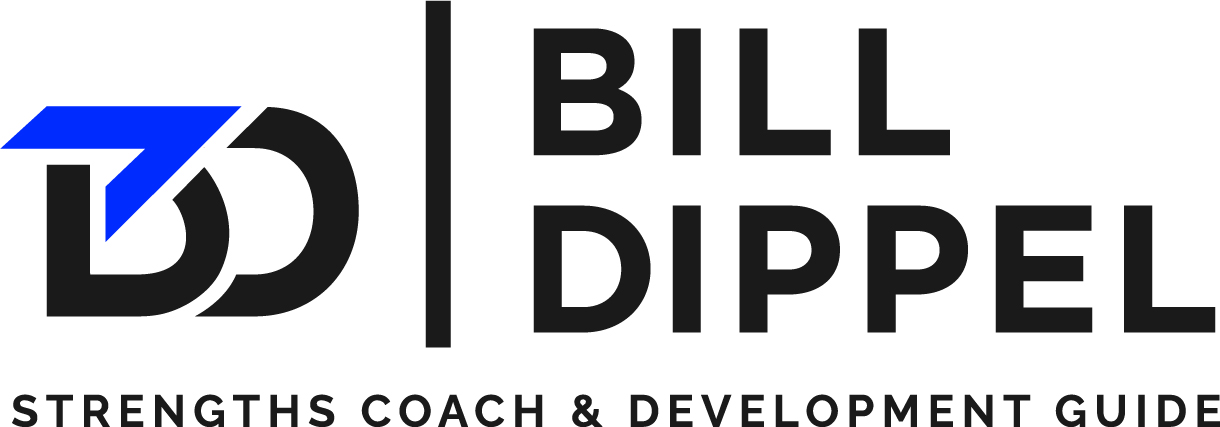There are a lot of buzzwords around “leadership” these days. Are you a servant leader or a transformational leader? A delegative leader or an authoritarian leader? A laissez-faire type or a holistic leader? While you might not think you have the time or energy to figure it out, the data tell us otherwise.
According to a 2020 study from the Society for Human Resource Management (SHRM), 84% of American workers say poorly trained people managers create a lot of unnecessary work and stress, and a full 50% feel their own performance would improve if their direct supervisor received additional training in people management. But this isn’t just a culture problem. The SHRM estimated that U.S. companies had lost $223 billion due to culture-caused turnover.
Alternatively, holistic leadership is a values-based approach that considers four different facets of a leader’s life: Self, family, career, and community. The idea is to nurture meaningful family relationships and create boundaries, foster a meaningful career, engage in self-care to live your best life, and build community in whatever way serves you best.
Holistic leadership is even more critical in the wake of the ongoing COVID-19 pandemic because the lines between work and home are constantly blurred. But as leaders, it’s our job to enforce the boundaries for our employees that they might not be able to set.
The problem is that companies think about the “whats” and “hows,” but they don’t often consider the “whos”—namely, who is leading the team and how they’re doing it, which is an incomplete approach to leadership. According to Gallup, organizations choose the wrong manager 82% of the time, resulting in higher turnover and lower profitability, productivity, and customer/employee engagement.
Below, we’ll explain the main problems with poor leadership and how holistic leadership can right the ship.
Alternatively, holistic leadership is a values-based approach that considers four different facets of a leader’s life: Self, family, career, and community. The idea is to nurture meaningful family relationships and create boundaries, foster a meaningful career, engage in self-care to live your best life, and build community in whatever way serves you best.
Holistic leadership is even more critical in the wake of the ongoing COVID-19 pandemic because the lines between work and home are constantly blurred. But as leaders, it’s our job to enforce the boundaries for our employees that they might not be able to set.
The problem is that companies think about the “whats” and “hows,” but they don’t often consider the “whos”—namely, who is leading the team and how they’re doing it, which is an incomplete approach to leadership. According to Gallup, organizations choose the wrong manager 82% of the time, resulting in higher turnover and lower profitability, productivity, and customer/employee engagement.
Below, we’ll explain the main problems with poor leadership and how holistic leadership can right the ship.
The Solution: Holistic Leadership
The solution is a holistic leadership approach that looks at the whole person, not just what they are doing or how they are doing it as an employee, considering the above four key pillars of holistic leadership.
According to Gallup, companies that implemented strengths-based management practices found that 90% had performance increases, such as 10-19% increased sales and 14-29% higher profit, 60-72% lower turnover, 22-59% fewer safety incidents, and higher customer (3-7%) and employee (9-15%) engagement.
CliftonStrengths helps you discover how a person thinks and how to best manage and develop them, which allows leaders to:
- Understand how an employee’s natural abilities can be leveraged for their role.
- Use a common language people understand to help them channel their strengths to overcome hurdles and reach their goals.
- Empower employees to team up with others in areas that aren’t their strengths.
 Holistic Leadership Solution #1: Understand employee strengths
Holistic Leadership Solution #1: Understand employee strengths
Employees have talents and strengths that extend beyond the workplace, and managers who understand that can tap into an employee’s full potential. According to Gallup, employees in organizations that foster a strengths-based culture are better performers: They achieve profit gains of up to 29%. Furthermore, 67% of workers whose managers are focused on their strengths are engaged at work.
 Holistic Leadership Solution #2: Use common language
Holistic Leadership Solution #2: Use common language
Leaders must set the tone for a transparent work culture to foster a culture of resilience and trust for employees—in their personal and professional lives. According to Gallup, 55% of employees who can talk with their manager about personal issues are engaged on the job, and 54% of employees who feel they can approach their manager with any type of question are engaged.
Leaders must focus their entire company around strengths-based development and constantly evangelize the message of strengths concepts, and hold themselves and their managers accountable for fostering employees’ strengths.
 Holistic Leadership Solution #3: Empower employees
Holistic Leadership Solution #3: Empower employees
Finally, leaders must create a culture where every individual’s strengths are celebrated, and employees are encouraged to work with—rather than compete with—their colleagues who have different strengths. Leaders must help employees understand how their strengths enhance the company’s effectiveness, their personal and family lives, and their community.
Questions about implementing holistic leadership?
If this sounds good, but you’re not sure how to implement this type of program, schedule a Complimentary Discovery Call to learn how to foster holistic leadership at https://billdippel.com/contact/


Recent Comments